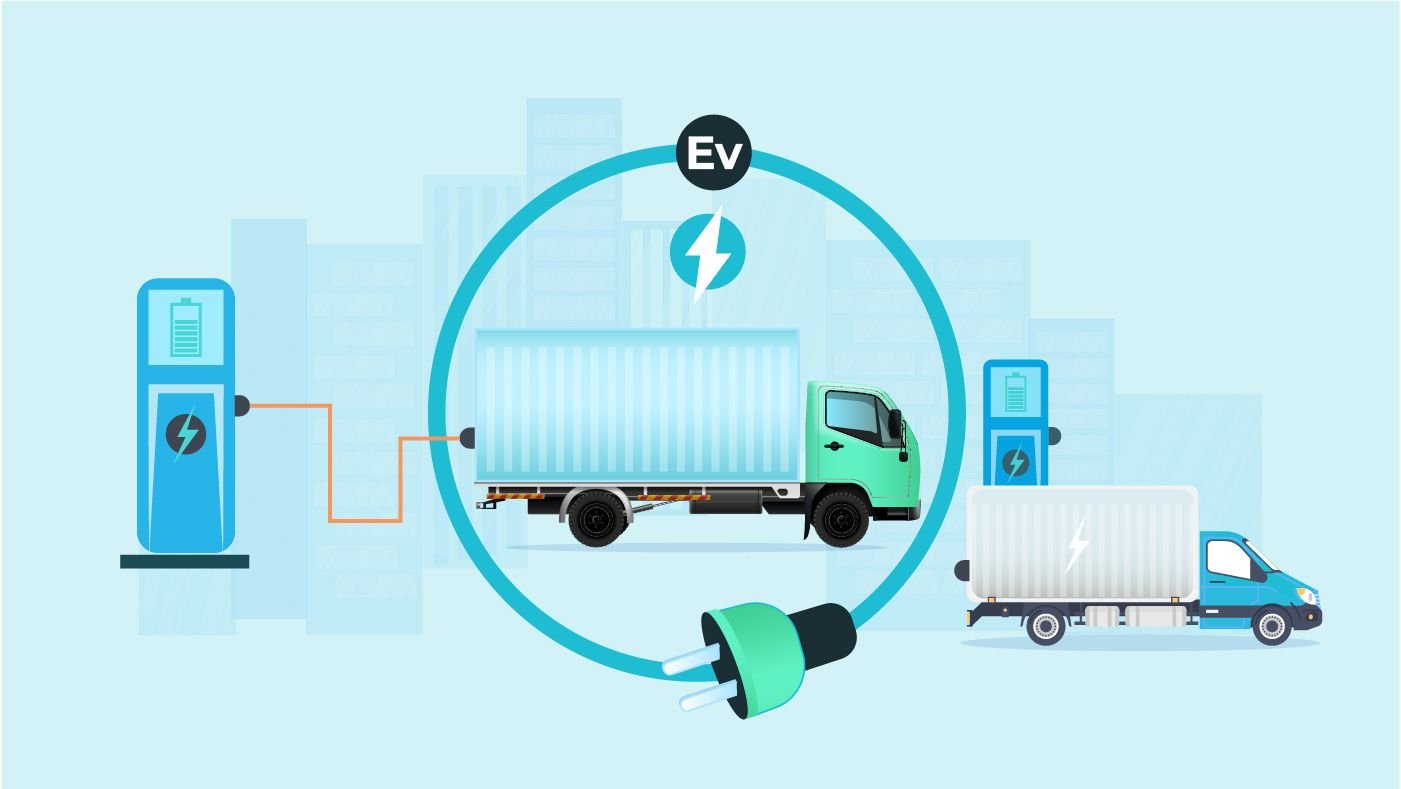Decoding India’s Green Finance Regulations: What’s Changing in 2025? – One of the major pillars supporting India’s move to a sustainable and low-carbon economy is green financing. Financial institutions and enterprises are growingly utilizing green finance options including sustainability-linked loans, green bonds, and ESG-focused investments as the nation tries for viable energy, electric mobility, and sustainable structure. However, as green financing progresses, more complex regulatory problems are coming, which represent the main barrier for financial institutions and businesses. Stricter regulatory frameworks, enhanced compliance standards, and increased scrutiny of business sustainability claims are foreseen in 2025. To completely harness green funding and steer clear of any regulatory risks, Indian organizations are required to remain ahead of these transformations. This blog explored the main regulatory obstacles in India’s green finance environment and how organizations might control them.

What is Green Finance?
Green finance has long been a movement that shows the modern awareness of how human performance affects the environment. In India it results in lowering emissions and increasing biodiversity, while fintech tries to automate financial services and smooth processes. Green finance refers to financial investments that are socially and environmentally aware. This type of funding is rapidly becoming a helpful tool for promoting sustainable development and hesitant climate change. Green loans, green equity funds, green bonds, green credit cards, and green home equity loans and pledges are a few of these financial products.
The Increasing Significance of Green Finance Regulations
Sustainable financing is now more essential than ever as India tries to reach net-zero emissions by 2070. To encourage green investments, the government has been executing policies via the Ministry of Finance and the Reserve Bank of India (RBI). The financial field in India is observing –
- Social, environmental, and governance (ESG) disclosures are getting more focus.
- Financial institutions are needed to report on sustainability.
- Risks of greenwashing and enhanced scrutiny of green bonds
- Adherence to international frameworks for climate finance
Notwithstanding these encouraging advancements, several regulatory issues still exist, which makes it hard for banks, financial institutions, and NBFCs to obtain green funding.
Top Green Financing Regulatory Obstacles (2025)
Strict Guidelines for ESG Reporting and Compliance
ESG disclosure regulations are being tightened by regulatory agencies like the RBI, which instructs that banks and NBFCs submit via reports on their environmental impact. However, in 2025, the Business Responsibility and Sustainability Reporting (BRSR) framework which is currently needed for publicly traded organizations is hoped to grow. The main difficulties include:
- ESG reporting frameworks across fields are not systematized.
- High expenses are relevant to third-party audits and the collection of ESG data.
- Regulatory inconsistencies between international frameworks such as the EU’s Sustainable Finance Disclosure Regulation (SFDR) and India’s ESG standards.
Issues with Greenwashing and the Abuse of Sustainability claims
Greenwashing the practice of businesses, making exaggerated or fraudulent claims about the environmental friendliness of their financial products or initiatives, is one of the main issues with green financing. By establishing more stringent disclosure needs for green bonds, the RBI has already taken action to address this issue. By 2025, businesses can hope:
Strict third-party validation of sustainability statements.
Hard sanctions for false disclosures about green money.
Improved examination of green investment promises by regulators and investors.
Fragmented regulations across various jurisdictions
Various green finance laws show difficulties for banks and NBFCs doing business in foreign markets. Global investors frequently need conformity to international ESG and climate risk disclosure standards, however India’s green finance policies. This results in:
- The difficulty of fulfilling various regulatory criteria.
- Uncertainty on which criteria to give priority to.
- Messed up compliance expectations that cause delays in the acceptance of green finance.
Limited Market Transparency for Carbon Credits
In India’s green finance ecosystem, the carbon credit market is hoped to be crucial, yet unclear regulations have been a recurring issue. The main difficulties include:
India does not have a national regulatory framework for carbon trading now.
Credibility issues increase from the difficulty of validating carbon offset projects.
Potential market manipulation as a result of the voluntary carbon credit market’s lack of regulation
Even though the Indian government is developing a credit trading scheme, financial institutions will not be capable of using carbon credits for green finance until a properly regulated market is in place.
Difficulties in Identifying “Green” Investments
In India, there is still no acceptable definition of “green” investments. Apart from the introduction of particular classification standards by the RBI, banks, and NBFCs often find it hard to ascertain if their projects are eligible for green financing. The problems are:
- Confusion about eligibility for particular sectors for example may certain biofuel projects be considered green?
- Cryptic standards for identifying “sustainable” corporate operations.
- The lack of ability of conventional banks to comply with India’s green finance standards makes it hard to get green funding.
- Financial institutions can observe and manage compliance needs in real-time with the aid of integrated regulatory compliance dashboards, which guarantee conformity to RBI’s sustainability guidelines.
- Automated ESG Risk Assessment, this tool aids financial institutions in making knowledgeable lending decisions by using data analytics to assess loan portfolios and make sure they follow green finance standards.
- NBFCs can make and execute customized green finance solutions while managing regulatory compliance thanks to customizable green loan frameworks.
- Smooth Combination with Reporting Standards minimizes administrative overhead by guaranteeing conformity to regulatory frameworks, including India’s Business Responsibility and Sustainability Reporting (BRSR).
- To ensure clarity and credibility in green funding programs, improved fraud detection for greenwashing prevention makes use of advanced monitoring techniques to recognize discrepancies in sustainability claims.
Conclusion
India’s green finance regulations are changing rapidly, with new compliance issues, strict ESG standards, and clarity requirements all on the horizon. Banks, financial institutions, and NBFCs will be in a good position to take advantage of green financing possibilities in 2025 and beyond if they proactively embrace strong ESG reporting, refrain from greenwashing, and connect with regulatory agencies. To overcome these difficulties and ensure simplified compliance and effective reporting, lending technology is an important enabler.
FAQs
What is green finance?
It means more money is invested into businesses to aid them in becoming greener.
What are the difficulties of green finance?
Some of the main challenges include growing awareness about Green Finance, starting a wide policy and regulatory framework, reducing perceived risks, ensuring access to finance for all, and making capacity among financial institutions.
Why is green finance essential in India?
If we want to achieve sustainable development goals we need green finance in India.








